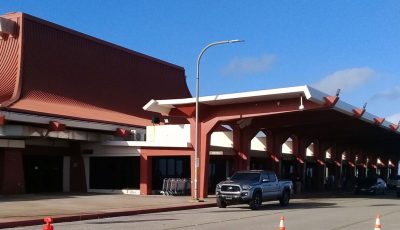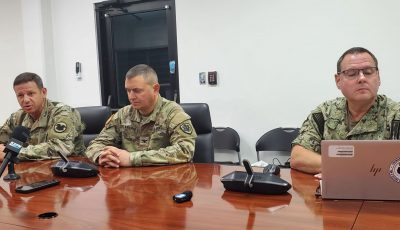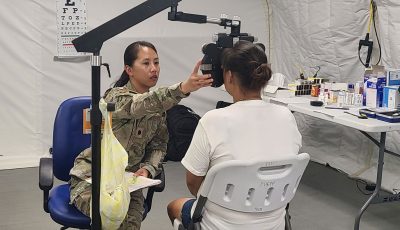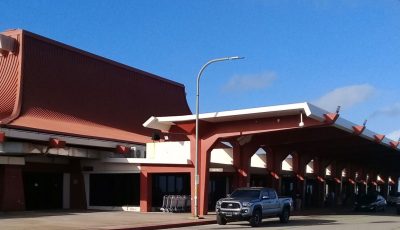Binding agreements up for review for Tinian and Rota harbors assessment
The Commonwealth Ports Authority will review and comment on the “technicalities” of the U.S. Army Corps of Engineers’ assessment and modification studies for both Tinian and Rota harbors.
CPA executive director Maryann Lizama shared an 81-page draft of the project with the board in their meeting last week. In an interview, she said the CPA needs its “technical and legal eyes” to review the agreements stipulated within the project because these agreements would “bind us financially as well.”
Lizama presented three agreements up for review. For the Tinian Harbor assessment, the U.S. Department of Defense has put in their interest in what they wanted in the project, according to Lizama. Review and comments would be on this “added scope” that addresses DOD interests.
The other two agreements up for review and comment are for both the Tinian and Rota modification studies’ draft project management plans and feasibility cost sharing agreements.
While the Army Corps provides technical assistance, cost-share assistance and waivers in place to help CPA with the project, Lizama said that funding would need to be found down the line.
“There is going to be another binding agreement that basically says if we do this we have to be prepared to have the funding to complete the project. That is why we need further review with our CM and legal counsel,” she said.
Will there be enough funding in place? “It depends on how much,” Lizama said, indicating that projects costs have not been established yet.
As reported earlier, these projects are estimated to cost around $3 million, split between federal and local funds. CNMI’s Rota share would cost $989,000, and the local cost of the Tinian project would be at $891,500 in line with changes Delegate Gregorio Kilili C. Sablan included in the Water Resources Reform and Development Act this year.
Rota harbor’s breakwater would be included in the Army Corps designs as well as Tinian, according to board director Ben Sablan at the meeting. Right now there is no breakwater for Tinian, according to Sablan, just “dilapidated metal.”
He said USACE designs would not use metal because “they degenerate and deteriorate for the next five to 20 years.”
“We want to have a breakwater that will last almost a lifetime,” he said.



























